While farm animals are a common source of protein, there are plenty of other options on the table to ponder. Specifically, fish make for a great source of sustenance, and provides a whole host of health benefits for one’s heart, lungs, brain, and circulation. Most of them are also rich in calcium, phosphorus, and omega 3 fatty acids you can’t easily find. The question is, do Amur carp – aka Koi fish – fall under that healthy category?
Are Koi fish edible? Yes, Koi fish are edible, but there’s a lot more to consider. Koi fish meat is comparatively tough to chew, not to mention their taste is very dependent on both their feed and environment. Koi happen to be able to tolerate a wide range of environmental conditions, and can be farmed to be a good, healthy source of sustainable meat.
While Koi do make for great meat – so long as you don’t mind the taste – there are a few things to bear in mind before you give it a go.
Cultural Context and Background
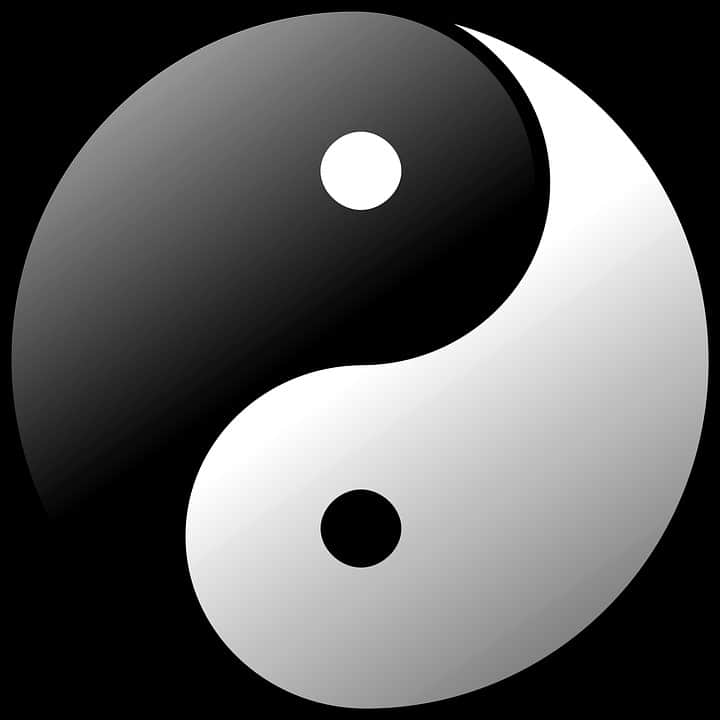
Koi are a breed of carp imported from China to Japan, originally used in their rice-fish farm systems. During that point, the Amur carps were a common source of nourishment for the island nation. They were bred in these venues for their meat until farmers noticed new colorations cropping up in their fish. Soon enough Koi were valued for their beauty far more than the protein they provided.
In Japan, Koi are often associated with fortune, success, peace, and many others. They even symbolize the duality and harmony of life, with a pair of monochromatic Koi fish comprising the yin and yang. Koi fish by themselves also represent perseverance and achieving one’s ambitions.
The Koi fish also featured in a handful of legends – this isn’t even restricted solely to the Japanese, with Chinese and other Asian regions treating and valuing this carp auspiciously.
For these reasons, sharing your plans to eat these Koi fish may not be the most considerate course of action. Breeding Koi for their meat is perfectly fine, but do keep the effort discrete, as some individuals may look down on the practice. The cultural taboo is due to disparity in beliefs, and can comparatively related with how dogs aren’t socially acceptable food animals in the country.
To reiterate, Koi fish are perfectly fit for human consumption, and are in fact healthy fish to eat at that. Simply be mindful of cultures and individuals that may not condone the practice.
Cooking, Taste, and Nutritional Value
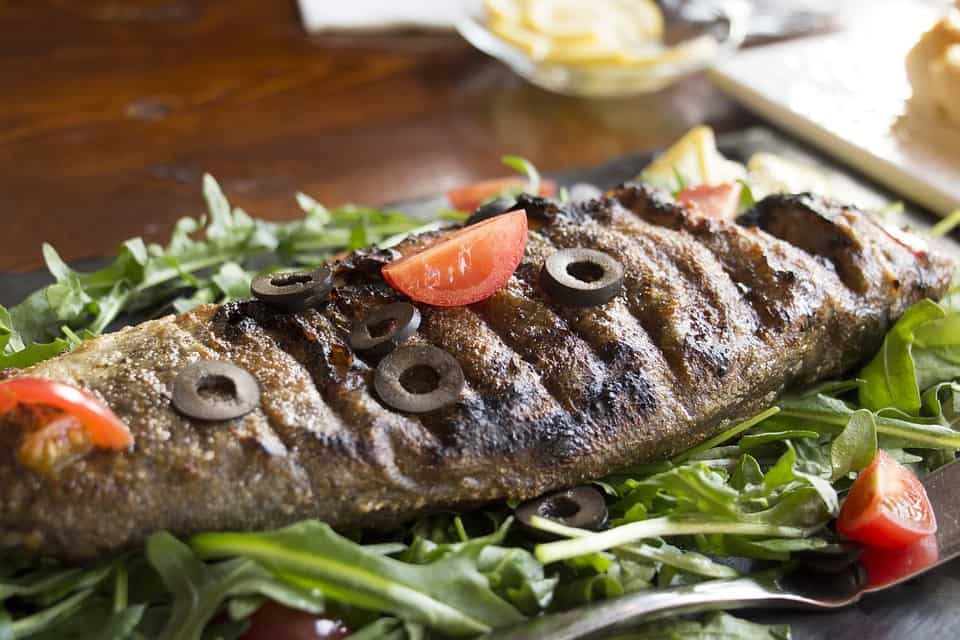
Being a variant of carp, Koi fish are safe to be consumed by humans. However, much like tarpons, their taste varies greatly; this depends as much on their feed as it does their habitat.
Koi fish are very determined omnivores, being able to survive in conditions other fish would struggle at. Arduous environmental conditions throttle other species of western fish more, and most of them contribute to most Koi fish’s allegedly muddy taste. This is far more likely to develop if said Koi have been subsisting off algae and other products humans would find unpalatable.
Koi fish are also a freshwater species, which leads to a higher rate of parasitic infection. Due to this, Koi fish cannot and should not be eaten raw or underdone. Cooking through a Koi fish safely usually takes about fifteen minutes – in part due to their tougher texture and denser meat.
Another issue is that Koi in this day and age aren’t cultivated for their meat. Most Koi fish sold nowadays value factors such as genetic lineage, luster, and color pattern. High demand and low supply exacerbate these even more. This inflates the cost to a price floor of at least $50, with specific Koi even reaching extravagant thousand dollar ranges by their lonesome.
At the end of the day though, Koi fish are still carp. They retain a whole host of health benefits that remain competitive with other meal worthy produce.
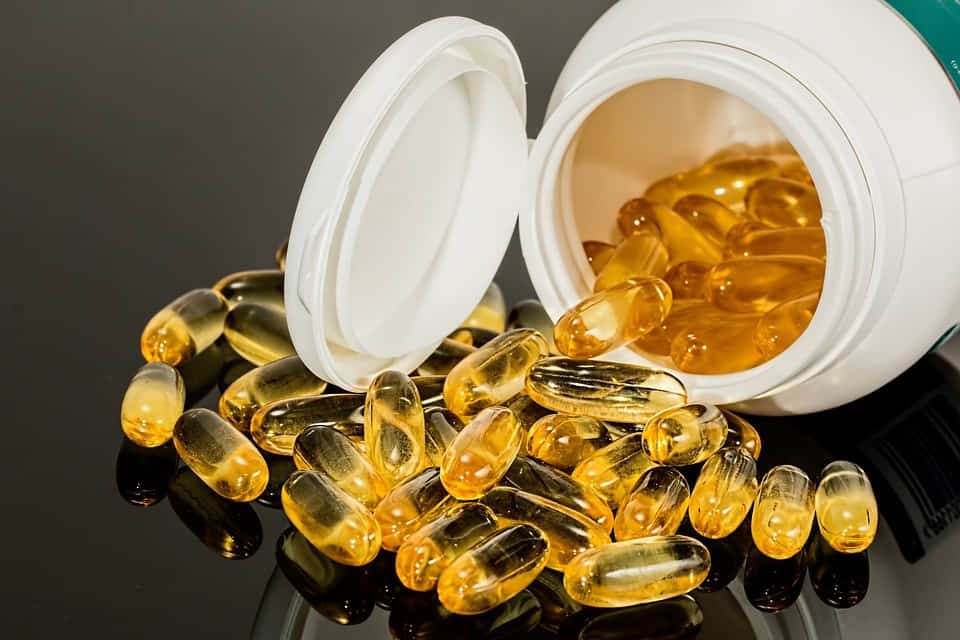
Koi fish contain Omega 3 fatty acid, which has been linked to improved intelligence and brain development. The phosphorus and vitamin D they contain greatly aids bone health and mitigates osteoporosis risks, respectively. The nature of fish oil also avoids cholesterol concerns, and in fact provides good cholesterol that lowers heart strain and stroke risks.
Koi also falls under white meat – that is, lean meat primarily composed of muscle fibers. They boast low saturated fat content and contribute to healthy living. For a unique benefit to carp, and Koi by extension, they boast very little risk in terms of Mercury poisoning developing.
In summary, the Amur carp is a good fish to eat in most ways. While initial purchase cost may be high, making your own Koi farm could recoup those loses relatively fast. They breed quickly, and as mentioned before can thrive in environmental conditions other edible fish may falter at.
Do bear in mind that this may alter the taste of your produce, for better or worse. It may be worth prepping a garden for viands to complement the fish, alongside a stocked, secure spice cabinet to deal with any potential unpleasantness that developed in the natural flavor.
Koi Lifestyle and Considerations
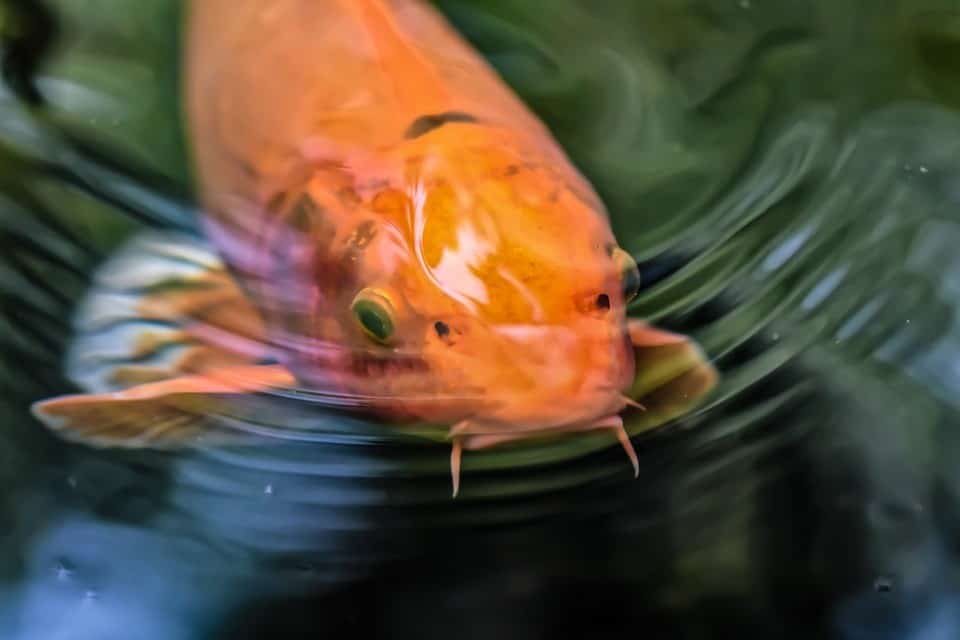
Koi fish typically live for at least 25 years, and can comfortably last up to half a century with some luck. They are freshwater fish that often live in areas with stagnant water. Koi fish hit sexual maturity at three years of age, and the Koi body weight to eggs laid ratio sits at one pound per 50,000 eggs.
That said, most of these eggs won’t be liable to hatch – only about 60% of them make it. This goes down with time, as Koi fish are known to eat their own eggs. Sometimes they even eat their own young, mistaking them for insects. It’s crucial to get the spawning Koi out of the pond the moment you see eggs laid on their spawning mat.
In an ironic twist, Koi fish are technically a very dangerous invasive species in western states. Their hardiness allows them to flourish while native biodiversity wanes away from the new influx of Amur carp. This is due to a combination of their number of young born per clutch, resistance to environmental changes, and their resistance to disease.
Koi fish are very extensive omnivores, and can sustain themselves off insects, plants, algae, and even other Koi fish egg nests. This won’t do any favors to their taste, and is believed to be responsible in part for their questionable reputation as a meal fish.
The Amur carp actually like people food, with the most common and cost-effective options being garlic, cereal, lettuce, rice, peas, broccoli, and other pick me up vegetables. You can procure these options easily in a store or making some new lanes in your own prepared garden. Bear in mind that Koi need Oxygen to digest their meals, and high moisture food like potatoes and corn could lead to their digestive processes being disrupted.
If you’re breeding Koi to eat, fruits, vegetables, and cereals are great dietary options to keep their taste palatable. Small chunks of cut shrimp or chicken work just as well rounding out and supplementing their protein needs. Well fed Koi are tasty Koi, after all.
Koi Farming
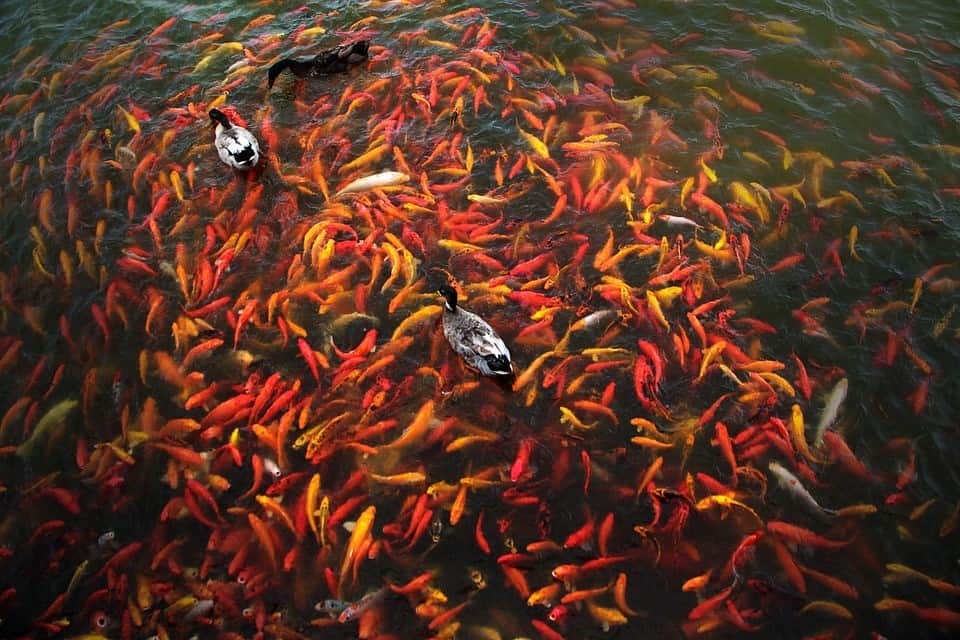
Koi farming is actually a relatively manageable affair, making for a great sideline and fish farm. Koi fish grow very quickly, and are good for either commercial sale or consumption in as early as four months’ time. While the specific steps go beyond the scope of the article, below are some crucial things to consider for your Koi farm’s betterment.
Smaller Koi ponds are less strenuous to maintain, and if you’re breeding them primarily for food that’s all you’d really need. A modest pond about six feet deep should more than suffix. Make sure the pond has as little Koi clay within as possible, as these produce harmful gases for your fish. Use only the Koi clay you need for the job – one option is to cut it with sand, which helps the water remain clean and pure.
The water pH level is important for Koi as well, with the ideal range falling at a slightly alkaline 7.5-8. While they can get by at physiological pH, anything lower than 7 is liable to stress them out.
Stress in Koi fish can manifest in their behavior pattern changing, such as them not approaching during feeding time. Stress can also manifest in the dulling of their colors. While this may not be as problematic for one raising them primarily for their meat, the source of their agitation could. New pond stress, infections, or predators in the area could be responsible for these changes, and need to be handled promptly to protect the rest of the pond.
Certain feeds can affect the water quality, as does too much fertilizer introduced to the pond. Change the water so when there is too much gas, moss, or algae present. Too much Nitrogen or Phosphorus could lead to bolstered algae growth, which in turn leads to rapidly diminishing Oxygen in your pond. In these conditions, your Koi fish are liable to grow ill or suffocate to death.
Bonus: Easy/Cheaper Koi Acquisition Method
For the most part, Koi fish are very expensive. The reason for it is primarily due to the careful methods used to ensure their premium quality. This process necessitates a lot of culling – separation, and killing of fish with undesirable properties. Some of these fish are instead rehomed, or simply sold to shops at a much lower rate.
The many stages in Koi culling ensure a good quantity of these fish leaves the pond over time, screening everything from color to pattern to shape. Purchasing these “lesser Koi” would make for a good investment, especially if you’re raising Koi for food rather than aesthetics. You might even be able to find a Koi farmer willing to part with their own batch of undesirable fish for free.
Final Thoughts
Koi fish make for a good potential food source as healthy carp, and can be grown and raised with less effort than most other fish. If you can get past their potential taste concerns and the toughness of their meat, Amur carp can make for a great financial investment for sustainable living, which’d be great for potential off grid living plans.

